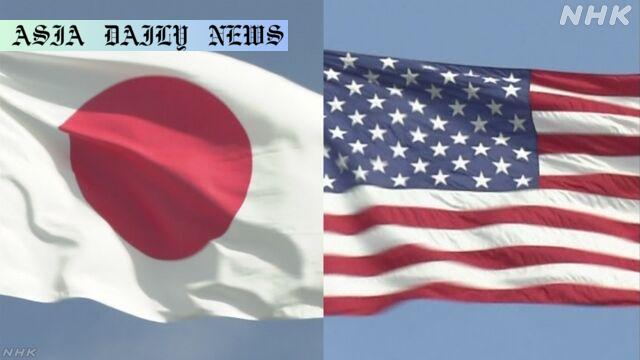Japan-US trade deal – Bloomberg has reported the details of a trade agreement between Japan and the United States, involving major investments and purchases.
Japan pledges $550 billion investment under a new trade deal with the US.
Agreements include the purchase of 100 Boeing planes and increased imports of US products.
US suggests Japan’s investments may function like a sovereign wealth fund.

Introduction: The Landmark Japan-US Trade Agreement
The recent trade deal between Japan and the United States represents a significant step forward in economic collaboration between the two allies. Announced by US President Donald Trump and later detailed by Bloomberg, the agreement highlights mutual benefits centering on trade, defense, and investments. While the final legalities are yet to be formalized, this strategic partnership promises transformative contributions to both economies.
$550 Billion Investment: A Vision for the Future
A centerpiece of this agreement is Japan’s pledge to invest $550 billion in the United States. Sources cite this investment as a potential sovereign wealth fund, strategically aligned with US President Donald Trump’s vision of targeted economic growth. The concept empowers the US to direct investments into industries requiring financial inflow or innovation. Although the precise mechanisms and controls remain a topic of negotiation, this initiative underlines both nations’ commitment to alliance and progress.
Defense and Infrastructure: Strengthening Bilateral Ties
Another prominent outcome of the agreement involves a substantial increase in Japan’s defense spending with US firms. Under the deal, expenditures on American defense products will rise to $17 billion annually, up from $14 billion. Complementing this, Japan has agreed to purchase 100 Boeing aircraft, sustaining a vital segment of the US aerospace industry. Such efforts not only enhance Japan’s defensive capabilities but also bolster the lucrative defense and aviation sectors in the US.
Agricultural and Economic Expansion
The trade deal exhibits noticeable emphasis on agriculture and other pivotal goods. Japan has committed to boosting rice imports by 75 percent and purchasing $8 billion worth of agricultural products. These provisions aim to open the Japanese market further to US producers, solidifying the potential for reciprocal growth. Additionally, the influx of US goods into Japan highlights a balanced effort to address trade inequities.
Challenges and Future Opportunities
While this trade agreement represents a monumental achievement, challenges persist. Legal frameworks, regulatory compliance, and potential geopolitical risks demand continued collaboration. The intricate details of a $550 billion investment structure will require transparency, credibility, and innovative governance. Despite these hurdles, the partnership opens doors to expanded economic potential, defense coordination, and global influence for both nations.
Conclusion
The Japan-US trade deal sets a new standard for bilateral agreements, with its landmark $550 billion investment pledge and widened trade horizons. As the legal and operational specifics unfold, this agreement underscores the strategic interdependence of two global economic powerhouses. With mutual growth and strengthened diplomatic ties, Japan and the United States have paved the way for enduring cooperation and a revitalized global economic order.



Commentary
Reflecting on the Strategic Importance of the Deal
The Japan-US trade deal is a historical moment that signals an era of deepened economic and diplomatic cooperation between two global powerhouses. The enormity of Japan’s $550 billion commitment highlights the strategic priority both nations place on sustaining their alliance. The suggestion of managing this investment akin to a sovereign wealth fund is particularly intriguing, as it provides a dynamic framework for targeted economic interventions under US oversight.
Mutual Benefits Across Key Sectors
What strikes me most about this agreement is its multifaceted nature. The inclusion of defense spending and the purchase of Boeing aircraft demonstrates Japan’s focus on modernizing its military capabilities with American technologies. Simultaneously, this ensures stability for US industries such as aerospace and defense, pivotal for the country’s exports. The balanced approach in trade, particularly Japan’s commitment to purchasing agricultural products, signifies a willingness to address longstanding trade imbalances.
Challenges on the Horizon
However, implementation challenges are inevitable. Structuring such a substantial investment in a meaningful and transparent manner requires deliberate planning and execution. Both governments must ensure the long-term viability of this deal while mitigating economic and political risks. Additionally, domestic reception in both nations, particularly among industries impacted by these changes, will warrant careful attention.
Conclusion: A Model for Global Cooperation?
In closing, this deal not only strengthens Japan and the United States’ bilateral ties but also has the potential to serve as a blueprint for future international agreements. By addressing strategic goals across trade and defense, it creates a foundation for sustained growth and mutual trust. As this partnership unfolds, the global community will watch closely how two economic giants strategically adapt for shared progress.